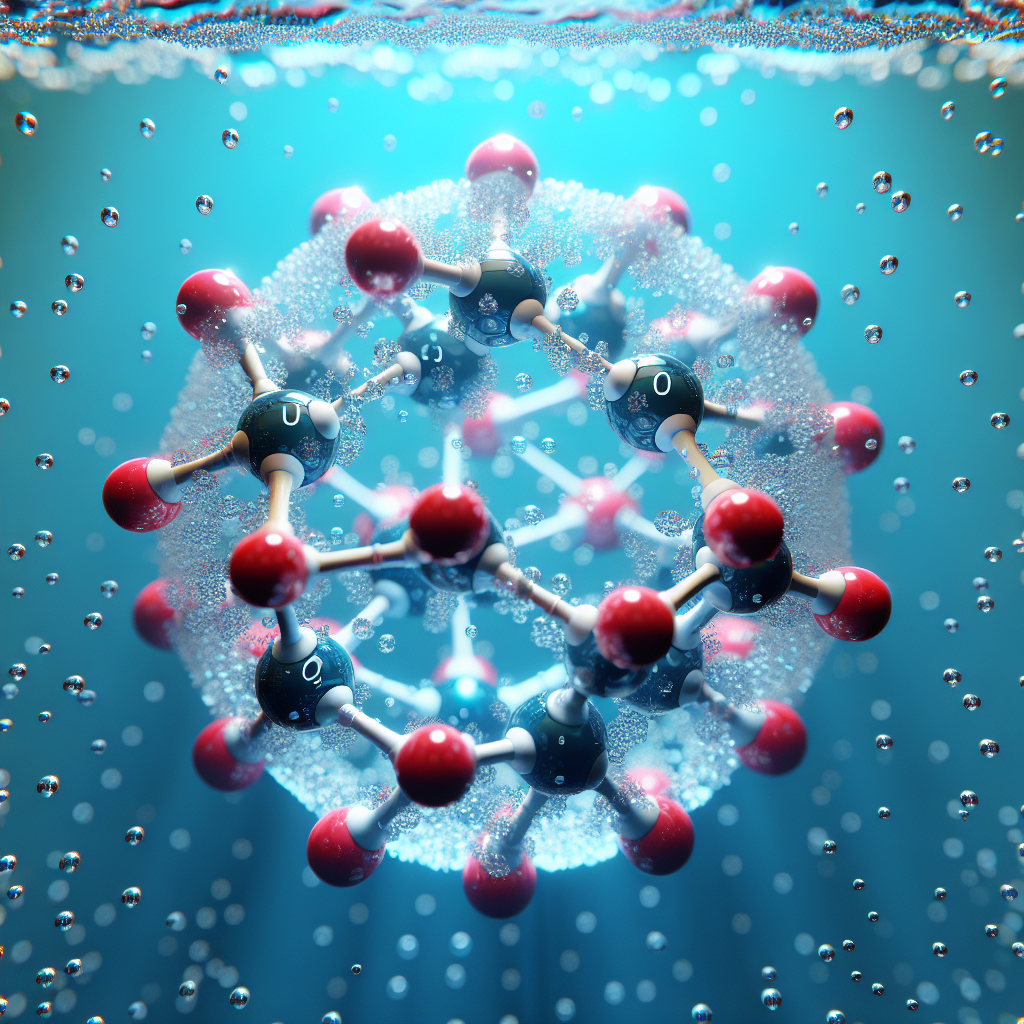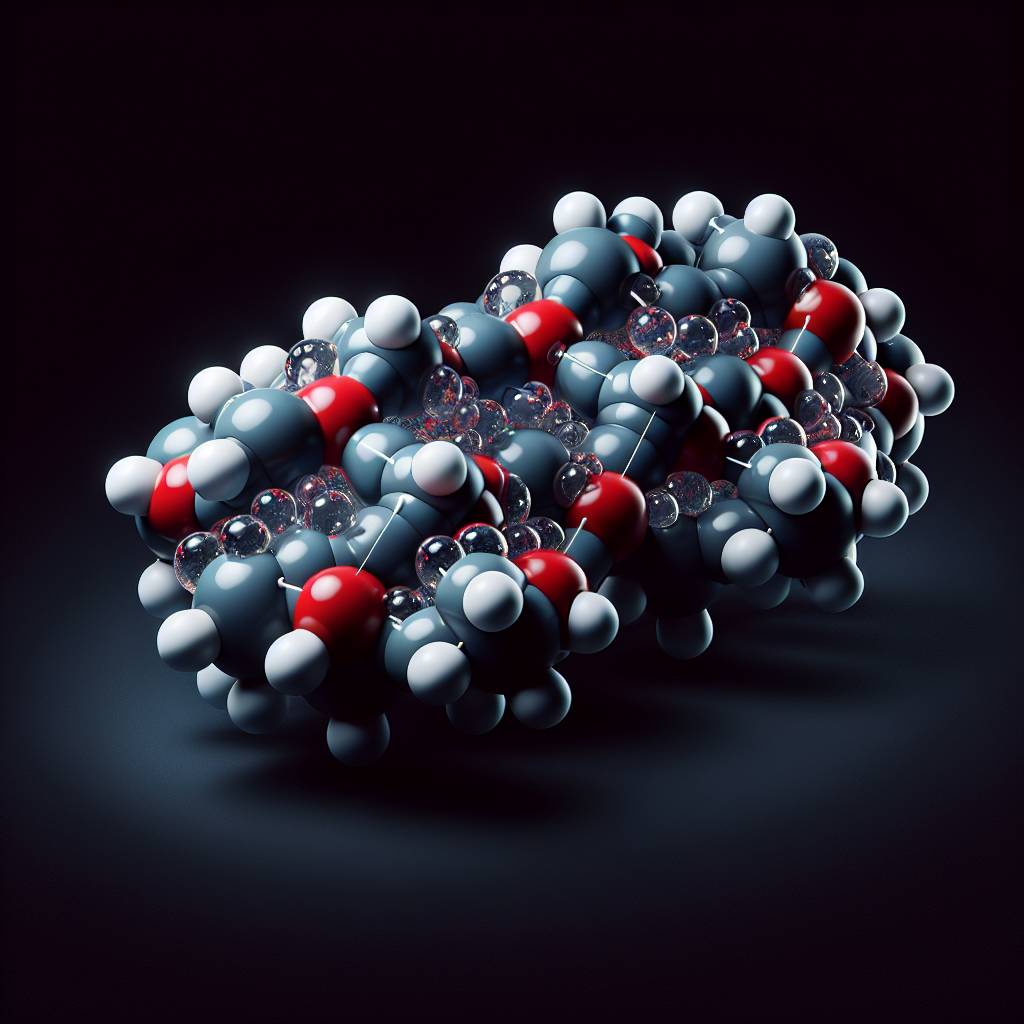
The transformation of a liquid essential for life reveals fascinating insights into its fundamental components. When the element integral to its composition is removed, the stability of the remaining molecule is profoundly affected.
A typical molecule comprises two atoms of one element and one of another, forming a structure that is crucial for its properties of water.
The process of separating these elements through a specific chemical reaction can lead to remarkable changes in its characteristics.
This alteration not only influences the physical attributes but also has implications for various biological systems that depend on this liquid. Exploring this change deepens our understanding of both chemistry and environmental science, particularly in the context of hydrogen production through electrolysis, which involves the chemical reaction of water splitting to generate oxygen and hydrogen gas, highlighting the essential properties of these molecules and their significance in energy solutions.
Click here to learn more about: 7 best hydrogen water bottles in 2024 top tier ppm
The Role Of Hydrogen In Water
Reflecting on the earlier discussion about the transformation of water when its essential components are altered, it becomes clear that the unique qualities of this vital liquid are largely attributed to its molecular structure. The configuration consisting of two hydrogen atoms bonded to one oxygen atom creates H2O, which is essential for water’s unique properties.
This arrangement is pivotal for forming hydrogen bonds, significantly influencing water’s elevated boiling and melting points. These bonds enhance water’s capability as a solution, allowing it to dissolve an array of chemical substances effectively, thereby establishing it as an exceptional solvent.
The molecular geometry of water ensures distinct polarity, crucial for its interactions in various biochemical processes such as those involved in plant function and cellular activities. Without hydrogen, the vital characteristics of this compound would diminish, directly impacting its effectiveness as a solvent and storage medium for energy within biological systems.
Moreover, the presence of hydrogen plays a critical role in processes like electrolysis, where water is split into its basic gases, supporting the generation of clean energy. Understanding these dynamics enhances our perception of the importance of hydrogen in the context of energy production and sustainability. The ability of water to provide hydrogen and oxygen is integral to the hydrogen economy, emphasizing the need for advancements in methods such as water splitting to meet the growing hydrogen demand for renewable energy solutions.

Understanding Water Splitting Processes
To effectively harness energy, it’s important to grasp the fundamentals of water. The conversion of a simple chemical compound into hydrogen fuel is a significant progress in energy technology. This process uses the structure of water to create sustainable energy solutions.
Water splitting involves using electricity to break down water molecules into hydrogen and oxygen. By directing an electric current through electrodes in an electrolyte solution, a chemical reaction occurs. This enables efficient hydrogen production.
Beyond traditional methods, innovative techniques such as thermochemical and photoelectrochemical processes are crucial for generating hydrogen. These technologies are important for enhancing clean hydrogen production and meeting rising energy needs.
By integrating hydrogen production technologies with renewable energy sources, we can lower our dependence on fossil fuels. This promotes a more sustainable atmosphere. Such advancements lead to cleaner energy solutions and improve our capabilities in energy storage and transport.
| Method | Description |
|---|---|
| Electrolysis | Uses electricity to split water into hydrogen and oxygen. |
| Thermochemical Process | Employs heat to drive reactions for hydrogen production. |
| Photoelectrochemical Method | Utilizes sunlight to produce hydrogen from water. |
| Integration with Renewables | Combines hydrogen production methods with renewable sources. |
The Science Behind Electrolysis
The principles of separating water into its elemental gases are essential for understanding energy conversion. Central to this process is the role of electrical energy that starts the chemical reaction, making it possible to produce hydrogen and oxygen efficiently.
An electric current aids in this separation by promoting the movement of ions through an electrolyte solution, which is necessary for achieving optimal conductivity. The choice of electrolytes is especially important, as they have a direct effect on the efficiency of hydrogen production by allowing effective transport of charged particles between the anode and cathode.
Grasping these principles is vital for advancing technologies linked to fuel cells and improving sustainable energy efforts. By exploring various electrolyte materials, researchers can find those that enhance the conversion efficiency, a key factor in advancing hydrogen production pathways.
Furthermore, progress in the area of electrolyzers, the equipment designed to carry out the electrolysis process, can greatly impact the overall efficiency of hydrogen generation. These advancements promise to reduce the energy needed for the reaction while creating a favorable environment for using renewable energy sources. Continued research and innovation in this discipline allow us to maximize the potential of hydrogen in our hydrogen economy, leading to cleaner energy methods and better energy storage solutions that support modern fuel technologies.
Exploring Hydrogen Production Methods
Understanding hydrogen’s role in sustainable energy requires effective strategies for generating clean fuel. Several methods can produce hydrogen, each offering different efficiencies and environmental impacts on the energy grid.
One common method is steam methane reforming. This process primarily uses natural gas to convert water molecules into hydrogen. Although widely utilized, it causes higher carbon emissions, raising concerns about its greenhouse gas impact.
In comparison, electrolysis involves splitting water. It serves as a cleaner option, especially when powered by renewable sources like wind or solar energy. This method significantly reduces carbon footprints by producing hydrogen fuel with minimal environmental cost.
Another interesting method is biomass gasification. It transforms organic materials into hydrogen. This technique varies regarding the amount of water used and overall sustainability, depending on the feedstock selected.
Assessing these techniques is essential for optimizing their contributions to the hydrogen economy. Each method has unique properties in energy production. Evaluating efficiencies, costs, and environmental effects is necessary as we advance toward cleaner energy practices.
| Hydrogen Production Method | Energy Source | Environmental Impact | Water Usage |
|---|---|---|---|
| Steam Methane Reforming | Natural Gas | Higher carbon emissions | Moderate |
| Electrolysis | Renewable Sources | Minimal carbon footprint | Low |
| Biomass Gasification | Organic Materials | Varies based on feedstock | Variable |
The Impact Of Oxygen Release
The process of transforming water into its elemental gases plays a crucial role in both energy generation and environmental health. This chemical reaction, often driven by renewable energy sources through electrolysis, results in the release of oxygen, which is vital for supporting aquatic ecosystems.
Increased levels of this essential gas create favorable conditions for aerobic species, promoting biodiversity within local water bodies. Higher concentrations of oxygen not only support a variety of life forms but also influence pH levels and nutrient availability, both critical for the survival of aquatic plants.
These plants are fundamental in photosynthesis, which contributes to the ecosystem’s overall health. The relationship between oxygen levels and nutrients leads to a balanced environment, essential for sustaining diverse biological communities. Understanding how water is split to create clean hydrogen, along with the related chemical dynamics, is important for advancing renewable energy efforts and electricity production. By focusing on the role of oxygen release in water splitting, we can better grasp its significance in supporting life and fostering the objectives of the hydrogen economy.
Hydrogen Economy And Energy Storage
Building on the importance of oxygen release in renewable energy generation, it’s clear that hydrogen’s role within this landscape is essential. As a versatile energy carrier, it offers unique opportunities to meet the increasing demand for electricity while supporting sustainable practices.
The production of hydrogen is influenced by various methods, including the effective use of catalysts, which can enhance the yield and reduce the energy needed in chemical reactions. Exploring different hydrogen production pathways, particularly those involving water sources, is essential. Utilizing seawater for hydrogen generation presents a sustainable yet challenging approach due to the significant amount of water required for the reaction.
Current production facilities are striving to optimize their performance while minimizing environmental impacts. As the hydrogen economy grows, addressing the rising demand for hydrogen relies heavily on advancements in energy storage technologies. These technologies must ensure reliability in future energy systems, especially as hydrogen serves as a critical fuel for various applications, including fuel cells and transport solutions.
Evaluating the efficiencies of hydrogen production plants also requires consideration of factors such as the type of water source—whether clean or seawater—and the electricity needed for these processes. Truly, effective energy storage methods will be key in meeting the growing hydrogen demand while balancing the necessity for environmental responsibility.
| Hydrogen Production Method | Water Source | Environmental Impact |
|---|---|---|
| Electrolysis with Catalysts | Clean Water | Lower emissions but resource-intensive |
| Electrolysis using Sea Water | Sea Water | More sustainable but requires large volumes |
| Storage Technologies | N/A | Critical for reliability in energy systems |
Renewable Energy And Water Solutions
As we examine how hydrogen significantly contributes to sustainable energy and resource management, it’s important to consider the connection between renewable energy sources and water purification. The effective use of solar and wind energy can greatly improve efforts to provide access to clean water worldwide.
For example, systems powered by solar energy can produce the same amount of purified water while effectively reducing greenhouse gas emissions. This method not only supports clean water production but also emphasizes the vital role of renewable energy in lessening environmental impact.
Moreover, electrolytic methods break down water molecules, needing an amount of electrical energy that can be efficiently produced from renewable sources. By merging these energy technologies, the effectiveness of water treatment processes is greatly improved, leading to sustainable development and enhanced resource management.
Additionally, advancements in photoelectrochemical cells use sunlight to drive water splitting effectively, generating clean hydrogen in the process. This relationship between energy generation and water treatment highlights the value of local water resources and supports the sustainability of both the energy and water sectors.
Investing in these technologies not only offers a solution to water scarcity but also fosters a hydrogen economy that aids in climate objectives. With continuous research and development centered on innovative water solutions powered by renewable energy, the potential for tackling global water challenges is significant.
Chemical Properties Of Water Uncovered
Connecting the intricate relationship between renewable energy, water, and hydrogen highlights the significance of water’s chemical properties in various applications. Water, as a common yet remarkable liquid, showcases unique characteristics that drive essential processes in energy production and environmental management.
The polar structure of water makes it a good solvent in many chemical reactions, playing a crucial role in various production facilities. This unique property enhances reaction efficiency, facilitating the synthesis of energy carriers like hydrogen and essential compounds necessary for sustainable practices.
Moreover, water forms hydration shells around ions and molecules, which can affect production dynamics and influence the rates of chemical reactions. These interactions are pivotal in biological systems, supporting critical cellular functions and processes required for sustaining life.
Understanding the characteristics of this essential chemical compound is vital for energy-heavy applications, particularly in areas like desalination, where seawater is considered for use in thermoelectric processes to generate electricity. This process not only produces a source of electricity but also utilizes seawater, which can significantly aid in producing hydrogen, especially in renewable energy systems that aim to shift production in power plants.
| Property | Impact |
|---|---|
| Polar Structure | Enhances solvent capabilities in chemical reactions |
| Hydration Shells | Influences production dynamics and reaction rates |
| Energy Intensive Applications | Facilitates desalination for electricity generation |
| Support in Biological Systems | Essential for cellular functions and metabolic processes |
Discover Where to Hydrogen Water for Optimal Health Benefits
When Hydrogen and Oxygen Combine to Form Water: The Science Behind H2O Creation
